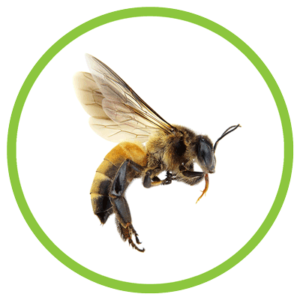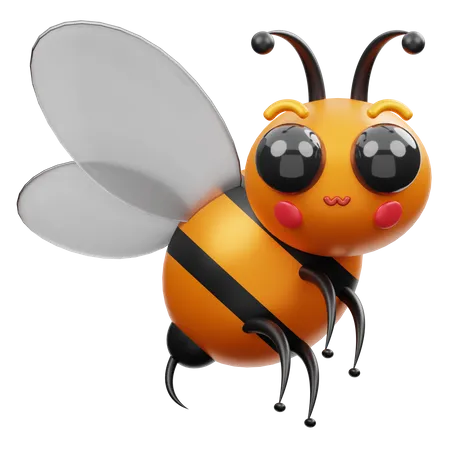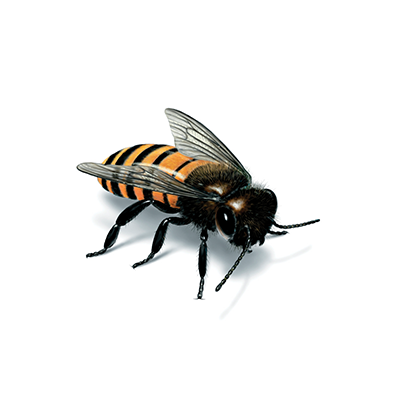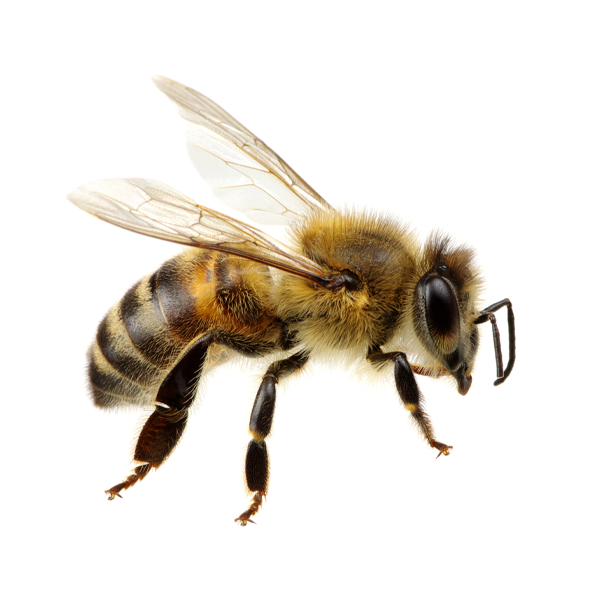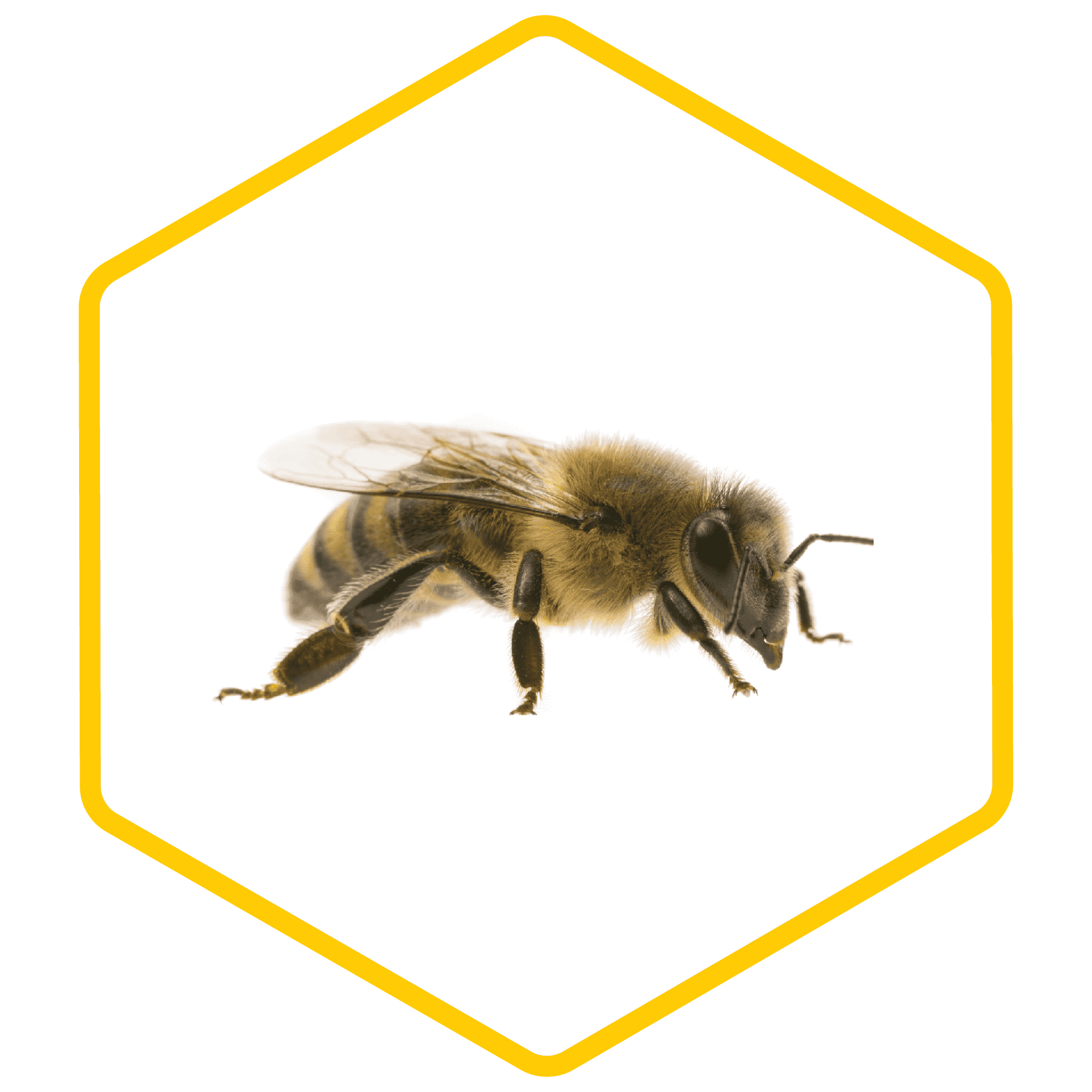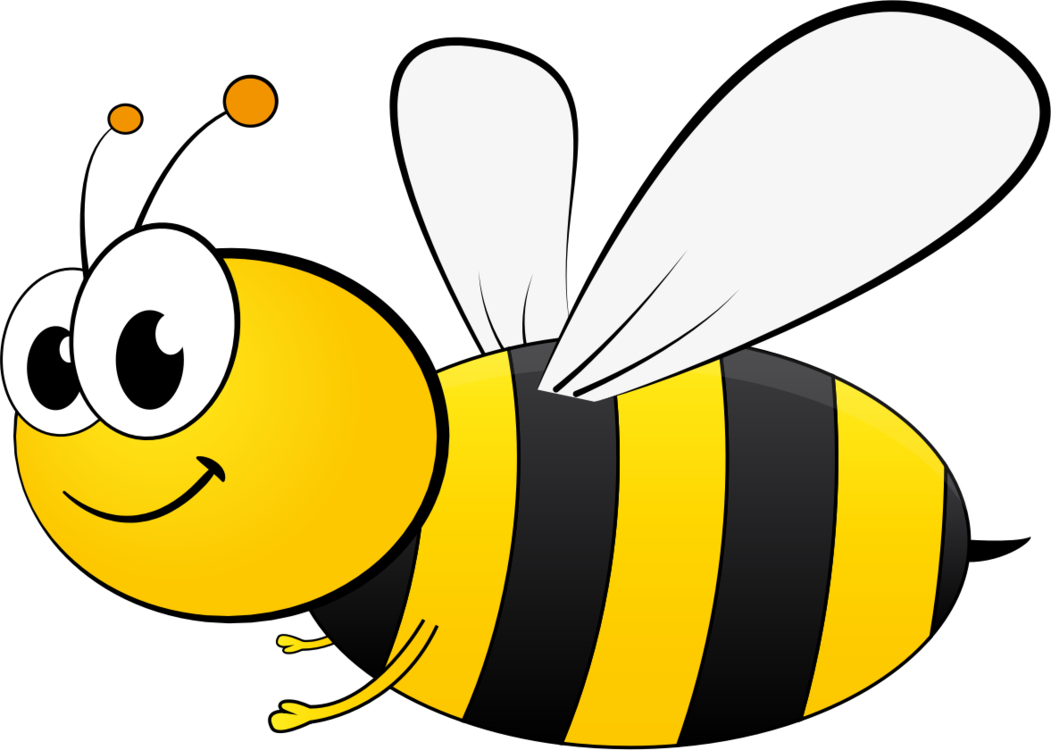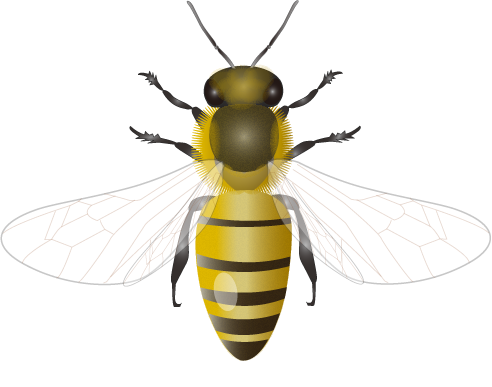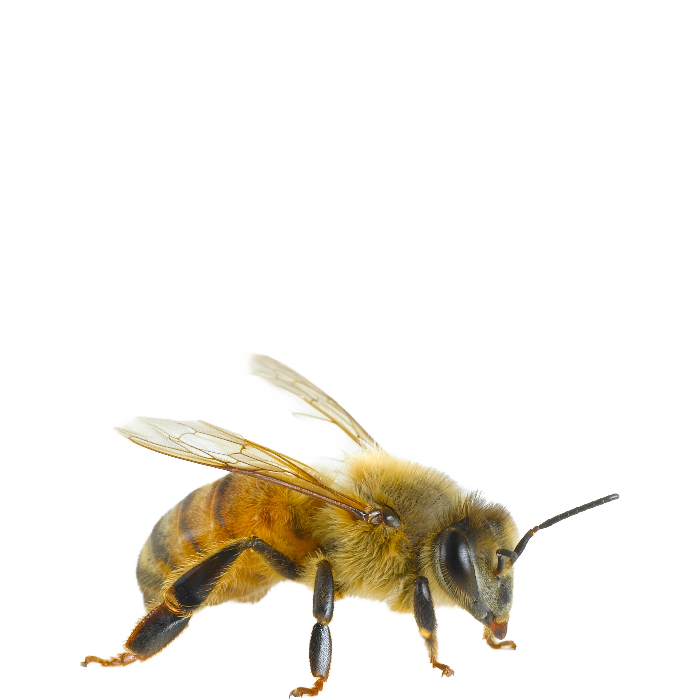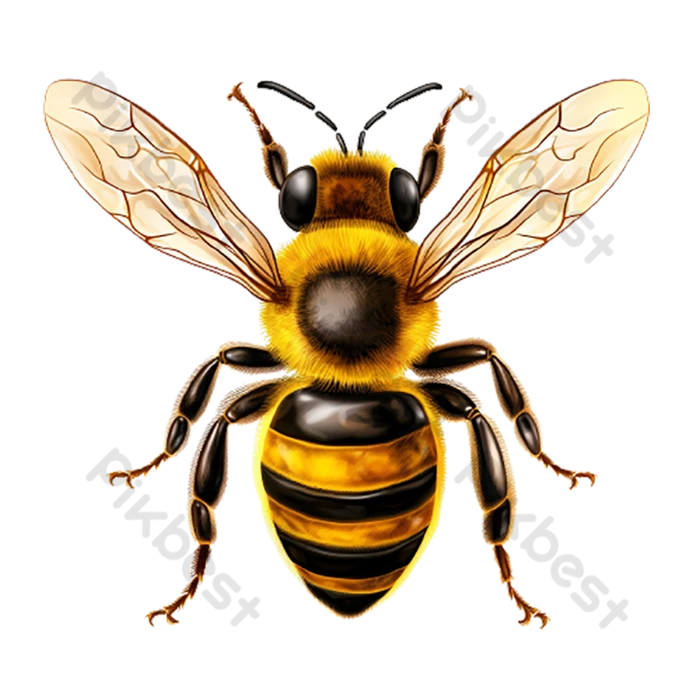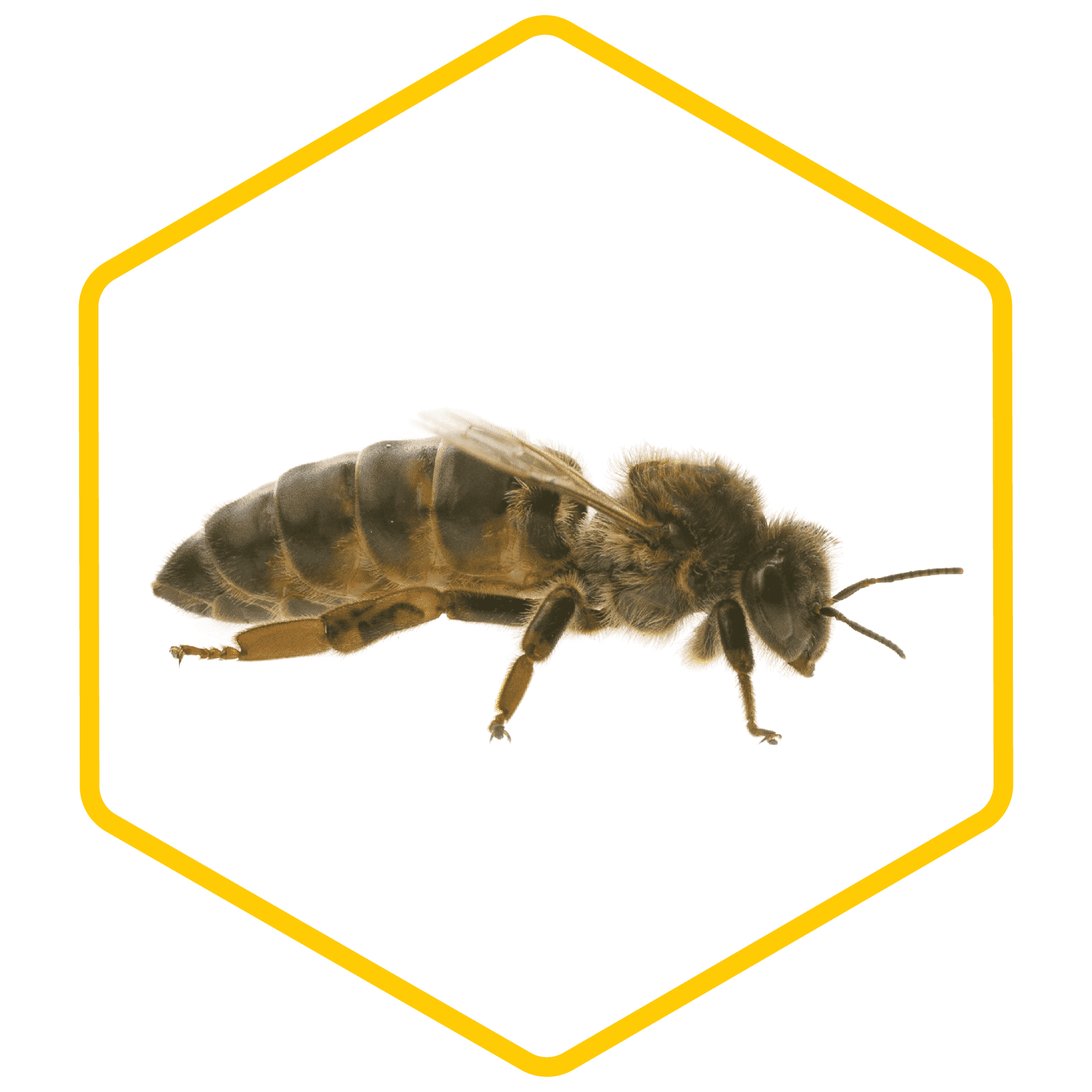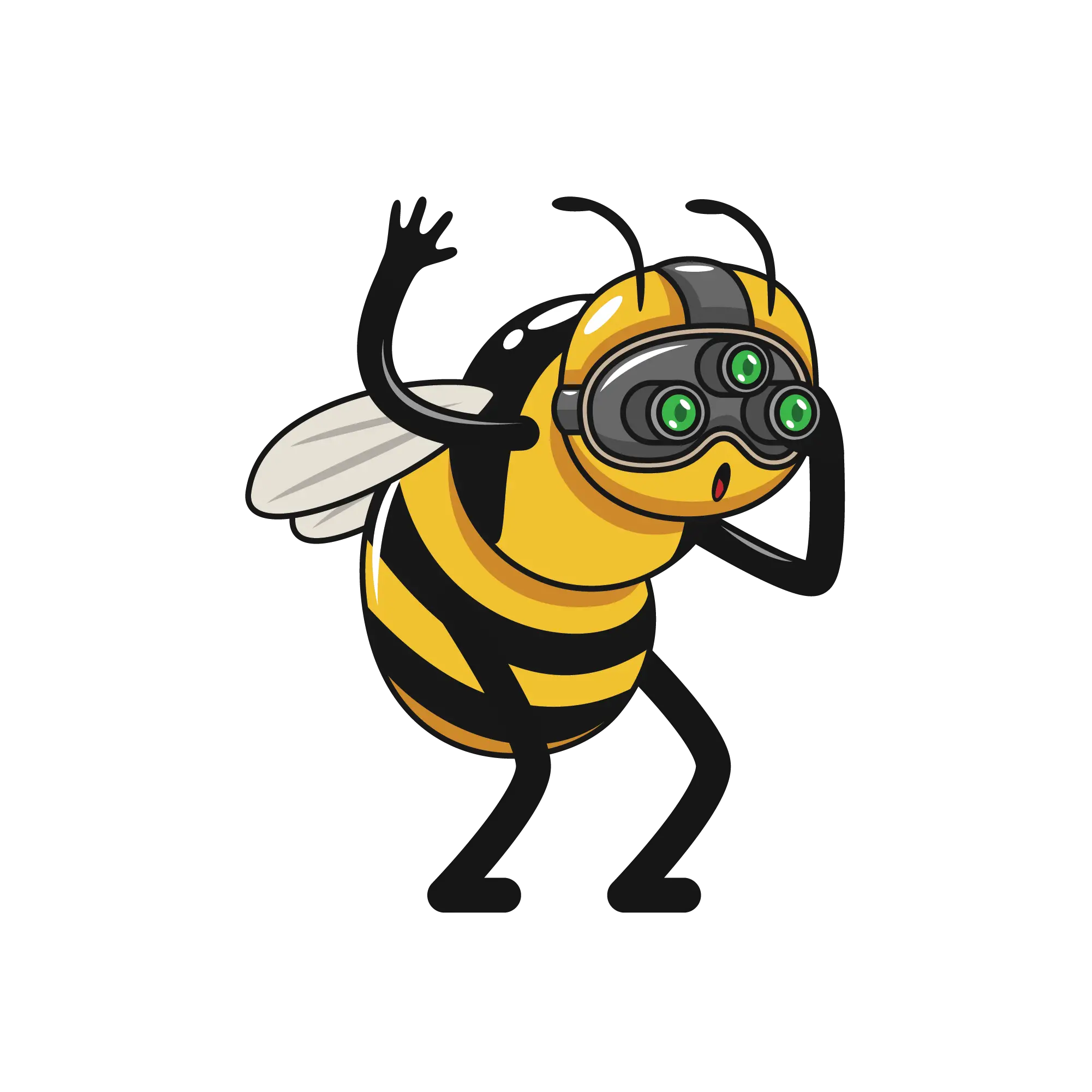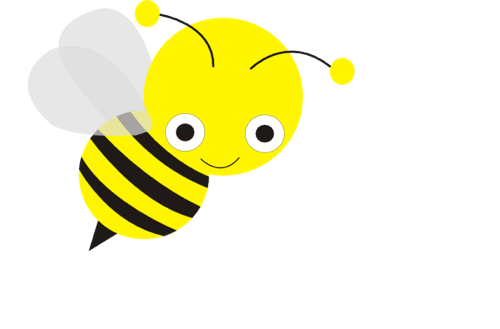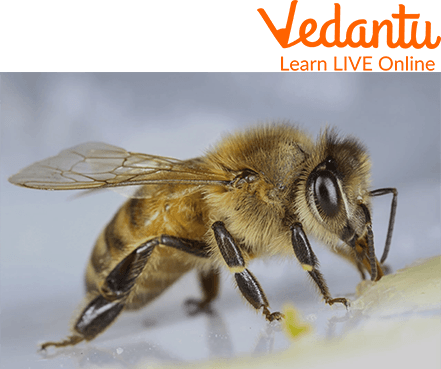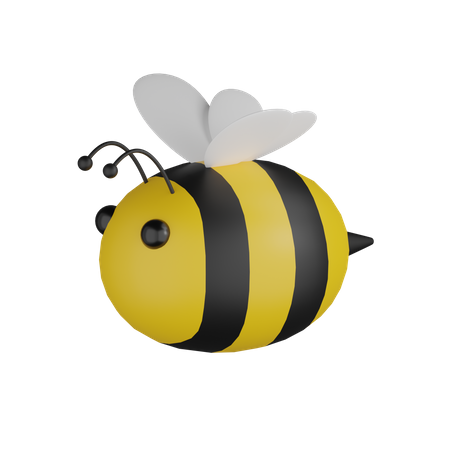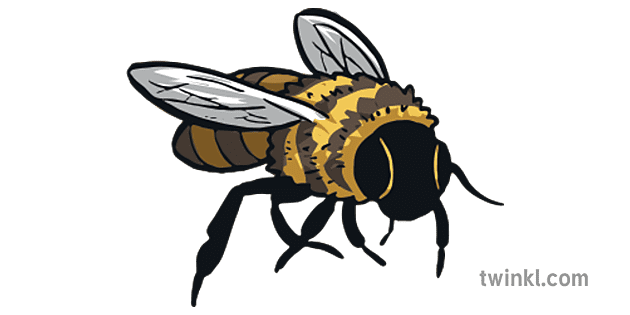Download top and best high-quality free Honey Bee PNG Transparent Images backgrounds available in various sizes. To view the full PNG size resolution click on any of the below image thumbnail.
License Info: Creative Commons 4.0 BY-NC
When it comes to pollinators, the honey bee is the most popular and well-known insect. They are often referred to as the “busy bees,” and for good reason. Honey bees play a vital role in pollinating crops that are essential to our food supply, making them an important species in the ecosystem.
Physical Characteristics of Honey Bees
Honey bees have a yellow and black striped body and are usually around half an inch long. They have compound eyes that are made up of thousands of tiny lenses, which enables them to see ultraviolet light. Their wings are translucent and they have two pairs of them, which allow them to fly for long periods of time.
One characteristic that sets the honey bee apart from other bees is their fuzzy body, which is covered in tiny hairs that help them pick up pollen. They also have a proboscis, a long tongue that is used to collect nectar from flowers.
The Role of Honey Bees in Pollination
Honey bees are known for their role as pollinators. They visit flowers and collect nectar and pollen for their hive. As they move from flower to flower, they transfer pollen from the male parts of the flower to the female parts, fertilizing the plants. This fertilization process is essential for the growth and reproduction of many plant species, including fruits, vegetables, and grains.
Bees are not the only insect that pollinates, but they are the most efficient. It is estimated that honey bees alone contribute to the pollination of over 80% of crops worldwide, making them a critical part of our food supply chain.
The Life Cycle of a Honey Bee
A honey bee’s life cycle begins when the queen bee lays an egg. The egg hatches into a larva, which is fed a secretion from young bees called “worker bees” in the hive. After a few days, the larva spins a cocoon around itself and enters the pupa stage, where it undergoes metamorphosis and transforms into an adult bee.
Worker bees are female and are responsible for most of the work in the hive. They collect nectar and pollen, make honey, and care for the young. The queen bee is the only reproductive female in the hive. She can lay up to 2,000 eggs per day and is responsible for maintaining the health and size of the colony.
Male bees, also known as drones, have only one purpose in the hive and that is to mate with the queen bee. Once they have mated, they die. Drones make up a small percentage of the hive population and are often kicked out during the winter months when resources are limited.
Honey Production
Honey bees produce honey as a food source for the colony. They collect nectar from flowers and store it in their honey stomachs. When they return to the hive, they regurgitate the nectar into the mouth of another bee, and this process is repeated until the nectar has been partially digested and turned into honey. The honey is then stored in a honeycomb and sealed with beeswax.
Honey can vary in color and taste depending on the type of flower the nectar was collected from. It has been used as a natural sweetener for centuries and has many health benefits. Honey is also used in the production of other foods such as baked goods, sauces, and marinades.
Threats to Honey Bees
Unfortunately, honey bee populations are declining worldwide. There are many factors that contribute to this decline, including habitat loss, pesticide exposure, and disease. Colony collapse disorder (CCD) is a phenomenon in which entire colonies of bees die or disappear. The exact cause of CCD is still unknown, but it is believed to be a combination of factors, including pesticides, diseases, and stress from transportation.
It is important to protect honey bees and their habitat. Planting native plants and flowers that provide nectar and pollen can help support honey bee populations. Reducing pesticide use and supporting sustainable farming practices can also help protect honey bees and other pollinators.
Conclusion
Honey bees play a crucial role in pollination and contribute significantly to our food supply chain. They are fascinating insects with complex social structures and a unique life cycle. Protecting honey bees and their habitat is important for maintaining healthy ecosystems and ensuring food security for future generations.
Download Honey Bee PNG images transparent gallery
- Honey Bee PNG Picture
Resolution: 300 × 300
Size: 54 KB
Image Format: .png
Download
- Honey Bee PNG
Resolution: 450 × 450
Size: 178 KB
Image Format: .png
Download
- Honey Bee Transparent
Resolution: 400 × 400
Size: 69 KB
Image Format: .png
Download
- Honey Bee
Resolution: 600 × 600
Size: 241 KB
Image Format: .png
Download
- Honey Bee No Background
Resolution: 1823 × 1823
Size: 117 KB
Image Format: .png
Download
- Honey Bee PNG Clipart
Resolution: 1051 × 750
Size: 157 KB
Image Format: .png
Download
- Honey Bee PNG Cutout
Resolution: 492 × 387
Size: 90 KB
Image Format: .png
Download
- Honey Bee PNG File
Resolution: 700 × 700
Size: 435 KB
Image Format: .png
Download
- Honey Bee PNG HD Image
Resolution: 700 × 700
Size: 531 KB
Image Format: .png
Download
- Honey Bee PNG Image HD
Resolution: 1823 × 1823
Size: 137 KB
Image Format: .png
Download
- Honey Bee PNG Image
Resolution: 2001 × 2001
Size: 621 KB
Image Format: .png
Download
- Honey Bee PNG Images
Resolution: 500 × 329
Size: 36 KB
Image Format: .png
Download
- Honey Bee PNG Photo
Resolution: 441 × 369
Size: 78 KB
Image Format: .png
Download
- Honey Bee PNG Photos
Resolution: 450 × 450
Size: 75 KB
Image Format: .png
Download
- Honey Bee PNG Pic
Resolution: 630 × 315
Size: 18 KB
Image Format: .png
Download
